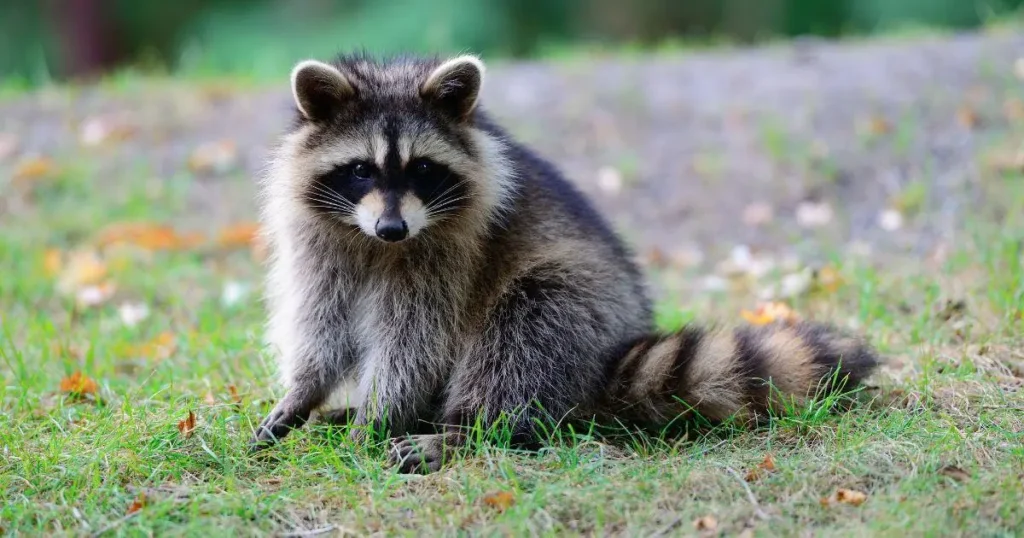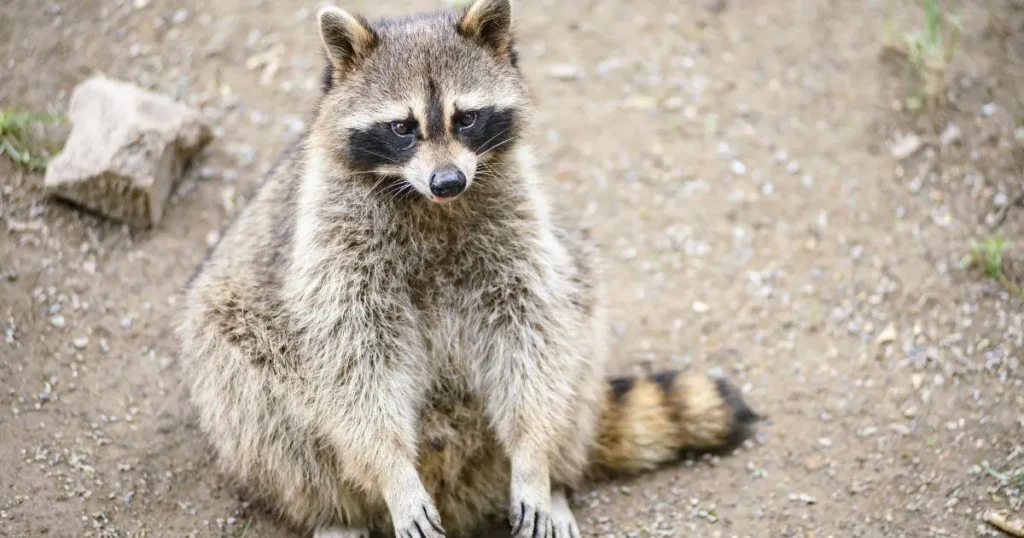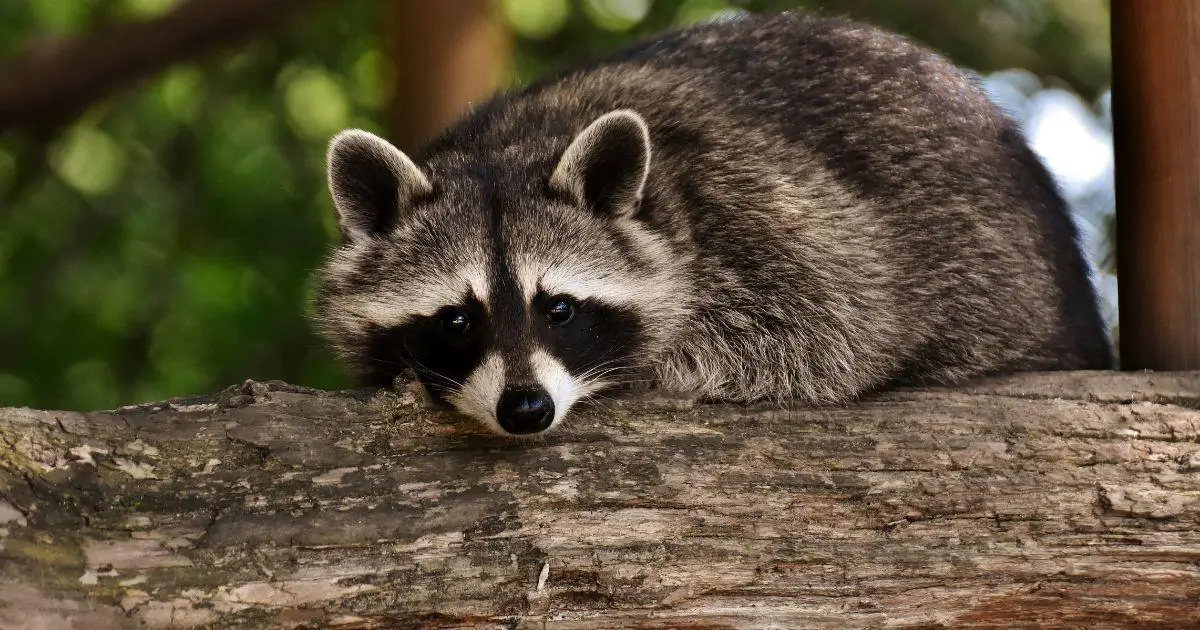Urban parks can often become unintentional raccoon habitats, leading to potential conflicts with humans and their pets. Raccoon removal in urban parks is essential to maintaining a safe and enjoyable environment for visitors. These animals may be attracted by easy access to food and shelter, resulting in nuisance behaviors that can disrupt the tranquility of your favorite green spaces.
Effective raccoon removal involves understanding their habits and employing humane strategies to encourage them to relocate. You will learn about methods such as securing garbage, using deterrents, and, when necessary, enlisting wildlife removal professionals. Addressing the presence of raccoons can help preserve the ecological balance and protect public health in urban parks.
Your choice of action can influence how communities manage wildlife issues. Gaining insight into raccoon behavior and removal options empowers you to participate in solutions that benefit people and animals in urban settings.
Understanding Raccoon Behavior in Urban Environments
Raccoons are highly adaptable creatures commonly found in urban parks. Various factors influence their presence, and understanding their impact on park ecosystems is essential for effective management.
Factors Contributing to Raccoon Presence
Several factors attract raccoons to urban settings. Urban parks often provide abundant food sources due to trash bins, picnic areas, and unsecured pet food. These locations offer raccoons easy access to high-calorie foods, which they prefer.
Shelter is another key factor. Raccoons can thrive in park structures, dense vegetation, and undergrowth. Their ability to climb trees and navigate fences allows them to explore diverse habitats.
Human activity, such as feeding wildlife or improper waste disposal, further encourages raccoon populations. For example, improperly sealed garbage cans can become prime feeding spots.
Impact of Raccoons on Urban Park Ecosystems
Raccoons can significantly affect urban park ecosystems. They are known to be opportunistic omnivores, consuming a wide range of foods, including fruits, insects, and small animals. This diet can lead to overconsumption of native species, disrupting local wildlife balances.
Additionally, raccoons can introduce diseases, such as raccoon roundworm, to park environments. This poses a threat to pets and humans.
Their foraging behaviors also cause physical damage. Raccoons may uproot plants, disturb nests, and create holes in the ground as they search for food, which can impact the aesthetic and ecological value of urban parks.
Managing raccoon populations effectively is vital for protecting urban parks from wildlife intrusion, particularly in areas like North Richland Hills. Strategies such as secure trash disposal and public education can mitigate the challenges posed by these adaptable animals.
Strategies for Raccoon Control and Prevention

Effective raccoon control involves proactive measures and removal techniques to ensure safe green spaces. Understanding these strategies is crucial for maintaining the integrity of public parks while protecting the local wildlife.
Proactive Measures to Prevent Raccoon Intrusion
Implementing specific proactive strategies is essential to deter raccoons from entering urban parks. Start by securing trash bins with raccoon-proof lids and avoid leaving food or pet waste exposed.
Planting native vegetation can also help, as it may reduce the availability of food sources that attract raccoons. Regularly monitoring park areas for signs of raccoon activity allows for timely interventions.
Creating barriers such as fencing around sensitive areas can further protect green spaces. Another key element is educating the community about responsible waste disposal and food storage. Engaging residents in prevention strategies fosters a collective effort to keep parks safe from raccoons.
Effective Raccoon Removal Techniques
Effective removal techniques are necessary when raccoons become a problem in urban parks. Trapping is often used as the primary method. Employing safe, humane traps ensures the animals are caught without harm.
After trapping, it is vital to relocate raccoons to a suitable habitat away from urban areas to prevent their return. It’s also important to check regulations in your area regarding wildlife removal, as some jurisdictions have specific guidelines.
Additionally, repellents can make areas less appealing to raccoons. Motion-activated lights or sounds can help deter them from frequenting specific spots. Combined with proactive efforts, these measures can significantly reduce raccoon populations in public green areas.
Policies and Regulations in Urban Wildlife Management

Understanding policies and regulations regarding wildlife management in urban areas is crucial for effectively addressing issues like raccoon removal in public parks. These regulations can significantly impact how you approach wildlife control.
North Richland Hills Wildlife Control Policies
In North Richland Hills, wildlife control policies aim to balance public safety with the humane treatment of animals. Local parks have specific regulations on raccoon removal, emphasizing non-lethal methods whenever possible.
Permits may be required for any wildlife removal activities. These ensure that procedures comply with state laws and local ordinances. Engaging with authorized wildlife control services can simplify the process, making it more efficient and within legal frameworks.
In addition, educational programs help residents understand the importance of coexistence and responsible wildlife management. Organizations can provide resources and guidance to assist in managing raccoon encounters effectively.
Legal Considerations in Raccoon Removal
Legalities regarding raccoon removal can vary by jurisdiction. It is essential to follow local wildlife regulations in urban areas like North Richland Hills. Many municipalities prohibit trapping or harming animals without proper authorization.
Additionally, wildlife removal must align with state wildlife protection laws. Raccoons are often classified as protected species, which means specific procedures must be followed to ensure compliance.Engaging professionals who are familiar with these regulations is advisable. Companies like Critter Stop excel in humane wildlife removal and can guide you through the legal aspects. They have a fantastic reputation and positive customer reviews, showcasing their dedication to high-quality work and exceptional customer service. For expert assistance, you can call Critter Stop at (214) 234-2616 for a free inspection.


